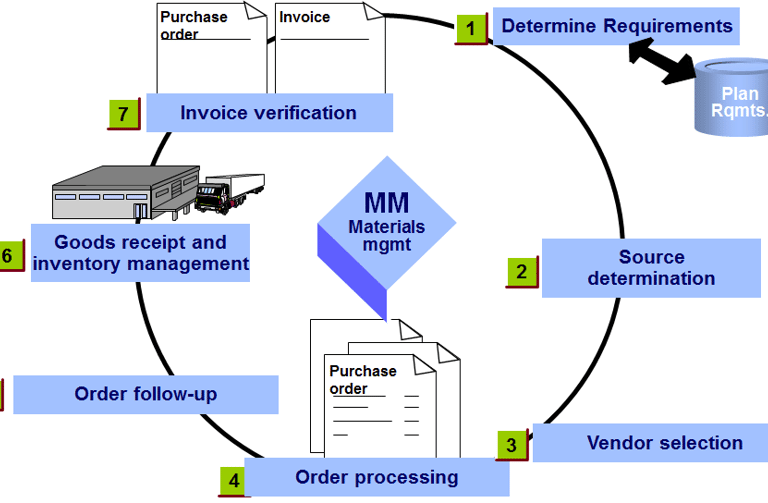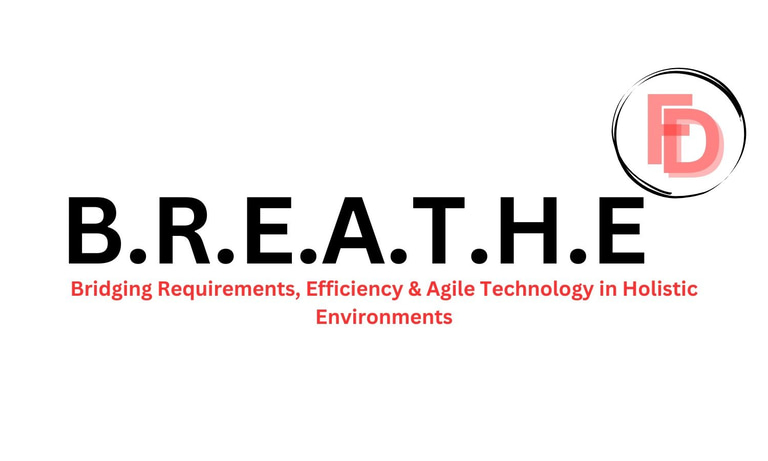Business Analysis Integrates SAP MM
Exploring the areas of integration between business analysis and SAP MM.
Fafure David
12/14/20243 min read
Project Management is vast and encompasses several channels that gives room for growth, skill advancement and user engagements. The past couple of years have opened my scope into coming across many of such areas, in public sector projects, health insurance & management, procurement, Oil & Gas, and automobile manufacturing; and I can say that though the Ocean can be deep & cannot be fully explored by any living human but the explored dimensions can be used to make very huge differences in the areas where they are applied.
Transitioning from Business Analysis (BA) into SAP MM (Materials Management) Consulting was a decision borne out of passion for delivering more customer-centric products at the enterprise level. It is will be noted that the newly implemented S/4HANA is an Enterprise Resource Planning system that runs on SAP HANA (in-memory database that offers real-time processing speeds & a highly simplified data model), with built-in intelligent technology that includes Artificial Intelligence, Machine Learning, and Advanced Analytics.
These two fields share common attributes, in principles (especially requirement analysis), planning, and more. These key areas are the bonding forces that hold both Business Analysis and SAP MM together.
1. Requirement Analysis and Elicitation
Business Analysis focuses on identifying business needs, processes, and goals across various domains, SAP MM analyses procurement and inventory management requirements, often collaborating with stakeholders to align SAP system configurations with business goals.
Both roles involve facilitating workshops and stakeholder interviews to elicit precise needs, and apply tools like Business Requirement Documents (BRDs) and Functional Specifications Documents (FDD).
2. Process Mapping and Optimization
Business Analysis uses mapping of current ("As-Is") and future ("To-Be") business processes to identify gaps or inefficiencies (GAP analysis).
SAP MM specialists optimize processes like procurement, inventory management, and invoice verification within the SAP framework.
Using Business Process Modelling techniques tools like flowcharts, UML diagrams, and process mapping techniques to streamline operations (GAP analysis) has helped in showing the diagrammatic features that can help in project process.
3. Solution Design
A Business Analyst defines the business logic and functional requirements for solutions.
An SAP MM Consultant configures and customizes the SAP system to align with the defined requirements.
They both ensure that the technical solution (SAP MM) addresses the business problem effectively while working closely with their IT teams, developers (ABAP), and end-users
4. Data Analysis and Reporting
Business Analysts focus on analysing data to provide insights and make data-driven decisions.
SAP MM leverages SAP’s powerful reporting tools (BI integration) to generate insights into inventory levels, procurement cycles, and vendor performance.
Knowledge Performance Indicators are used to align the metrics like lead times, stock accuracy, and cost savings to measure success.
5. Stakeholder Management
Business Analysts engage diverse stakeholders (executives, end-users, developers) to ensure alignment.
SAP MM Consultants often liaise with procurement teams, finance, warehouse managers, and vendors.
Both roles require excellent communication skills to translate technical concepts into business language and vice versa.
6. Change Management
Business Analysts manage resistance to changes by aligning new processes with organizational goals.
SAP MM Consultants ensure smooth transitions when implementing or upgrading SAP systems.
Training and Documentation are a must for both roles, which focus on end-user training, creating SOPs, and ensuring seamless adoption of new processes or systems.
7. Integration Focus
Business Analysts often consider how business processes interact across departments.
SAP MM integrates with modules like SD (Sales and Distribution), FI (Financial Accounting), and PP (Production Planning).
Both require inter-module processes, they analyse how purchasing, production, and inventory data flow across systems.
8. Risk and Impact Assessment
Business Analysts assess risks and impacts associated with business changes.
SAP MM Consultants assess how system changes (like updates to procurement workflows) affect operations.
Both create contingency plans to address potential disruptions as mitigation plans
9. Agile and Waterfall Methodologies
Business Analysts often use methodologies like Agile or Waterfall to manage projects.
SAP MM Consultants participate in similar project management methodologies (SAP Best Practices) during SAP implementations or upgrades.
User stories and testing are techniques that are used for sprint planning, and User Acceptance Testing (UAT).
10. Continuous Improvement and End User Support
Business Analysts recommend iterative improvements to business processes based on changing needs.
SAP MM Consultants optimize SAP configurations to adapt to evolving procurement and inventory practices.
Lean principles and Six Sigma can be applied to both roles to prioritize efficiency, scalability, and long-term value creation.
Business Analysis and SAP MM share common responsibilities in analyzing requirements, optimizing processes, managing stakeholders, and ensuring successful delivery of product solutions. While a business analyst works on the “why” and the “what” in a project, an SAP MM consultant configure the “how” within the SAP framework.


